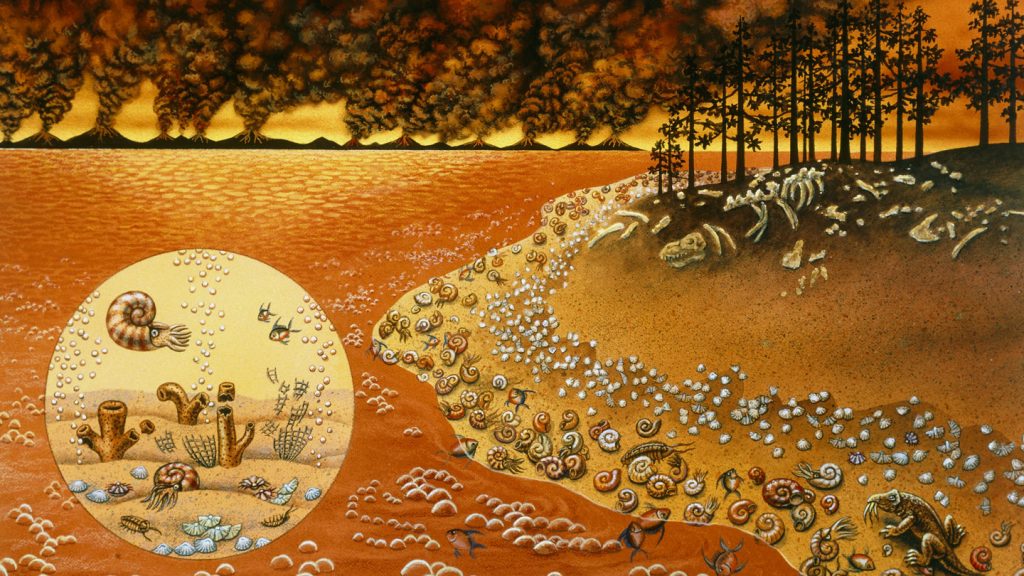Researchers have been studying the Great Dying event that occurred at the border of the Permian and Triassic periods to understand why it was so brutal for life on Earth. While there have been intense global warming episodes in the geological record before, they did not have the same devastating impact as the Great Dying. The extinction event was not only driven by a sharp increase in sea surface temperature but also by shorter-term oscillations in paleoclimate. Weather variations, such as El Niño-Southern Oscillation, played a significant role in amplifying the crisis.
An international team of researchers reconstructed climate patterns from more than 250 million years ago and found that when carbon dioxide levels doubled, it led to more intense El Niño-like warming spells. This resulted in devastating effects on land organisms, such as carbon dioxide-gobbling forests dying back, leading to a self-perpetuating cycle of warming. Large swaths of the globe experienced extreme heat, droughts, fires, and dramatic flooding as a result. The heat eventually reached higher latitudes, leaving no escape from the increasingly hostile atmosphere.
The extreme climate changes at the end of the Permian Period around 252 million years ago made it impossible for species to migrate to cooler areas, leading to mass extinction. Many species could not adapt to the rapid climate fluctuations and eventually perished. The findings provide a higher-resolution picture of how warming caused the mass extinction and suggest that the fossil record may contain evidence of these mega El Niños. Researchers are interested in understanding which physical and ecosystem features made certain periods in Earth’s history more resilient to climate chaos and others more vulnerable to mass extinction.
Understanding the climate patterns and extreme weather events during the Great Dying event can provide insights into how our planet’s changing climate might impact biodiversity today. The findings illustrate the complex interactions between global warming, extreme heat, and shorter-term climate variations that led to a mass extinction event millions of years ago. By studying these past events, researchers hope to better predict and mitigate the impacts of climate change on modern ecosystems.
Future research efforts will focus on tracking down signals of rapid climate fluctuations in the fossil record to gain a deeper understanding of how past organisms responded to extreme climate events. By analyzing annual records preserved in fossil cave stalactites and tree rings, researchers may be able to uncover more evidence of past climate crises. By studying past mass extinction events, scientists can learn valuable lessons about the resilience of ecosystems to climate chaos and how different periods in Earth’s history have responded to changing climate conditions. This knowledge can inform conservation efforts and policy decisions aimed at protecting biodiversity in the face of climate change.


